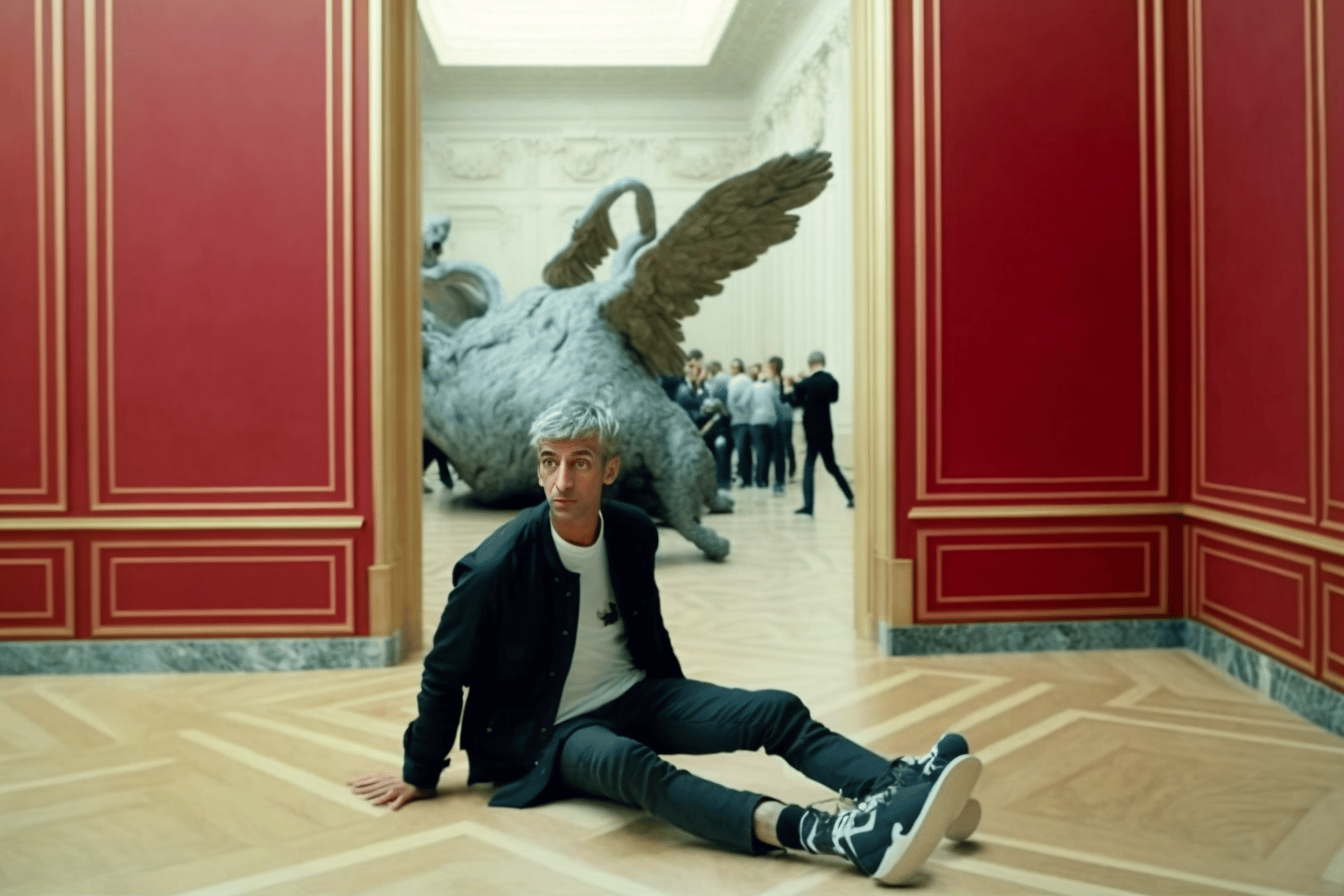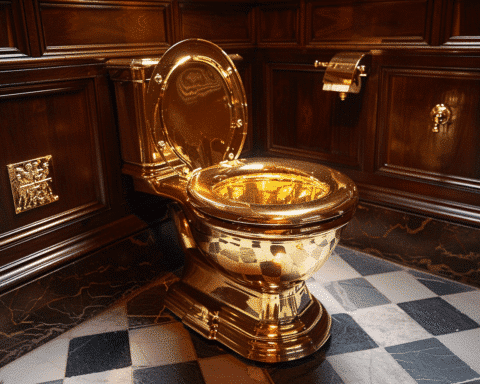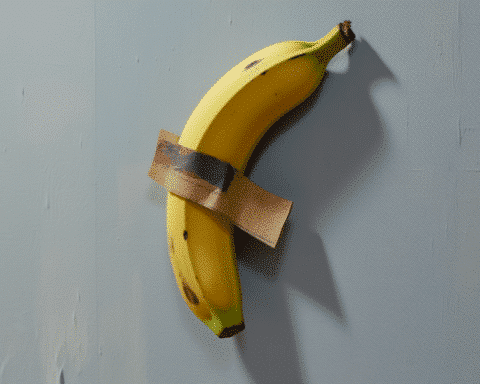Artist Maurizio Cattelan, famous for his 2019 Art Basel piece where he duct-taped a banana to a wall that sold for over $390,000, has responded to a lawsuit accusing him of plagiarism.
California-based artist, Joe Morford, filed the lawsuit in the Southern District of Florida in January 2021, claiming that Cattelan stole the concept for his artwork “Comedian.”
Morford holds registered copyright for “Banana and Orange,” a piece created in 2000 featuring a banana and an orange duct-taped to a wall.
According to court documents obtained by UPI, Morford alleges that Cattelan saw images of “Banana and Orange” on his website.
Last month, Cattelan filed a response denying the plagiarism allegations, stating that Morford cannot prove that he had access to “Banana and Orange” before creating “Comedian.”
In July, U.S. District Judge Robert Scola Jr. ruled against Cattelan’s motion to dismiss the lawsuit, stating that “Comedian” bears “substantial similarity to the protected elements of ‘Orange and Banana.”
However, the judge also noted that Morford cannot claim copyright for the idea of a banana duct-taped to a wall but may be able to claim it for expressing that idea. The response from Cattelan was reported by ArtNet News recently.
The case is ongoing, and it remains to be seen how it will play out in court. The art world is closely watching the case as it raises questions about the boundaries of intellectual property in the realm of fine art.
If Morford is successful in his lawsuit, it could have far-reaching implications for artists who use everyday objects in their works.
It is common for artists to draw inspiration from each other, and the art world is full of references and influences. However, if an artist is found to have copied another’s work, it can result in legal action. In this case, the dispute centers around whether Cattelan’s “Comedian” is a direct copy of Morford’s “Banana and Orange.”
The lawsuit’s outcome will likely impact the art community and could set a precedent for future cases involving similar disputes. Regardless of the outcome, the case serves as a reminder of the importance of giving credit where it is.


